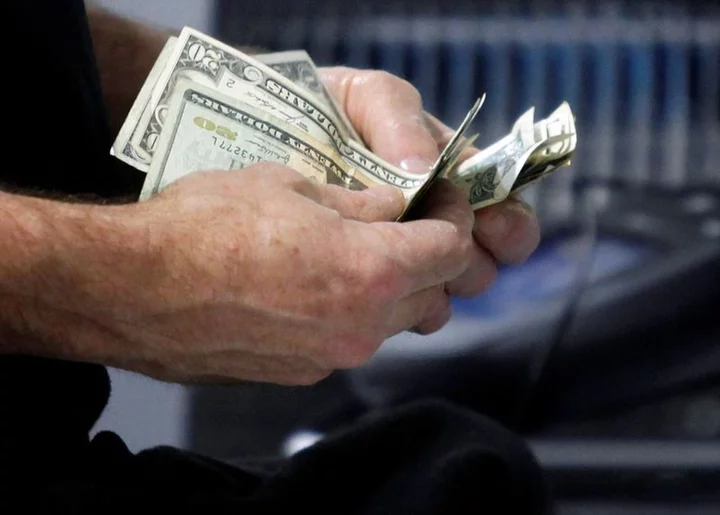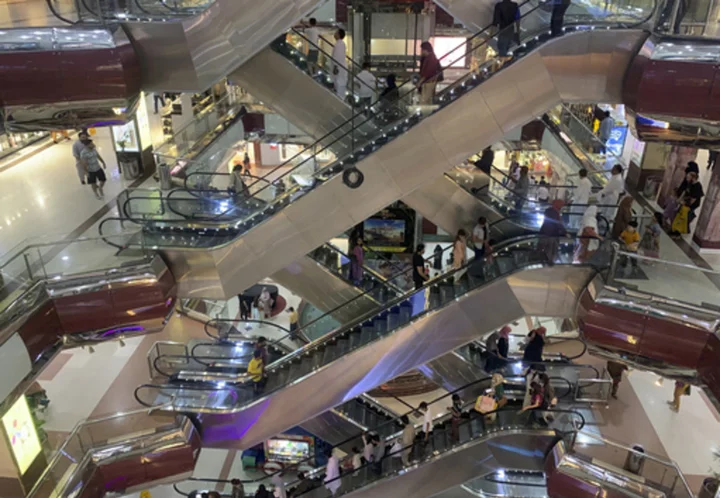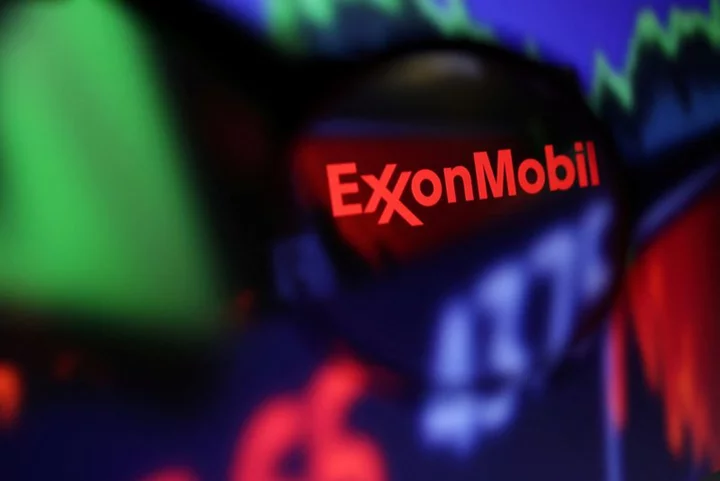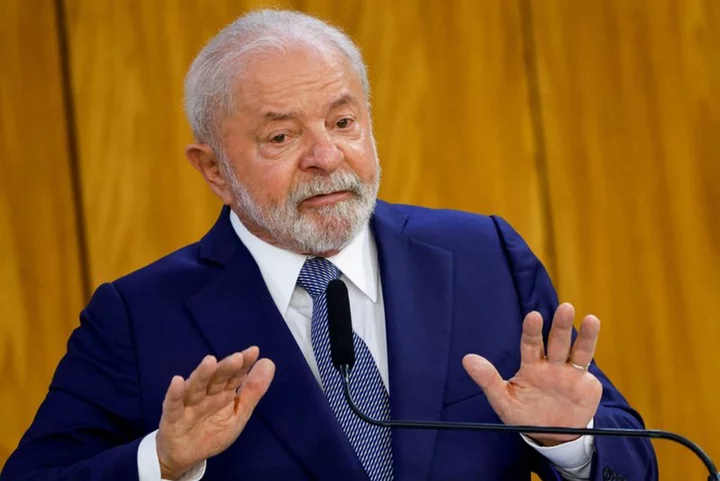By Howard Schneider
WASHINGTON Federal Reserve officials hoping for evidence of a clear decline in inflation and a slowing economy got some of each from data since their last meeting, but likely not enough of either to downplay the possible need for further rate increases later this year.
Overall consumer prices rose month-over-month at the fastest pace in 14 months in August, and while that was driven largely by volatile energy costs, a measure of underlying inflation also accelerated unexpectedly.
While economists believe inflation trends are still moving in the Fed's favor, August represented the sort of surprise that would keep officials leaning towards at least one additional rate increase to be reflected in new economic projections at the end of their upcoming Sept. 19-20 meeting.
Month-to-month inflation numbers "will inevitably hop around," wrote Pantheon Macroeconomics Chief Economist Ian Shepherdson, who sees underlying consumer inflation nevertheless slowing to a "benign" level of below 3% by early next year.
At next week's meeting "we expect the Fed to remain on hold but to signal willingness to hike again depending on the data," he said, an outlook largely shared by investors who see the Fed keeping the benchmark policy rate at the current range of 5.25% to 5.5%.
A new Summary of Economic Projections released after the meeting will show if the majority of policymakers still anticipate one further quarter-point increase by the end of the year, as in their June outlook. Since their meeting in July, only two Fed policymakers have said they felt rates do not need to rise further, while others noted their outlook for slowing inflation was built around a slightly higher federal funds rate.
Investors are largely betting against any further increases, though Fed Chair Jerome Powell has emphasized the bias will remain in favor of tighter monetary policy, kept tight for longer, until it is clear inflation is on a sustained path back to the Fed's 2% target.
"Is the incoming data telling us that we need to do more? And if it does tell us that - collectively, if that’s our view - then we will do more," Powell said at his press conference following the Fed's July meeting, when rates were raised by a quarter of a point.
With an unusually long eight-week gap between the July and September meetings, policymakers have a larger set of information to work with in making that judgment, with reports Thursday on retail sales and the prices paid by producers providing the last major data points.
Much of the information has pointed towards a slowing-but-still-growing economy with easing price pressures - the "soft landing" that policymakers have hoped to engineer.
AMPLE DOUBT
The pace of job and wage growth has eased, and other labor market measures, such as the rate at which workers are quitting jobs, the rate of job openings, and the number of unemployed people per open job, have edged towards the levels seen before the COVID-19 pandemic disrupted the economy.
The Business Roundtable's latest quarterly survey of chief executives showed the economic outlook dipped slightly, as did expectations for hiring and sales.
"Employment growth is slowing, there are fewer job openings, the work week is shorter, the quits rate is lower, and wage growth is declining," Torsten Slok, chief economist at Apollo Global Management, wrote in a recent analysis. As the impact of higher interest rates is felt more fully on firms and households, a fact becoming apparent for example in rising delinquency and default rates, "the macro data will weaken."
Overall bank credit has been falling on a year-over-year basis since mid-July, evidence of financial firms tightening access either through higher rates or stricter standards.
What hasn't happened - and what Powell says is necessary - is a decline in overall economic growth to the sort of below-trend pace that would add to policymakers' confidence that inflation will continue what has been a sustained decline since the summer of 2022, when it hit a 40-year high.
By and large Fed officials feel the economy can grow about 1.8% a year with inflation at the 2% target and assuming "appropriate monetary policy."
But U.S. gross domestic product last quarter grew faster than that, at a 2.1% annual rate, and economists at Goldman Sachs see that pace accelerating to more than 3% in the current third quarter.
The outlook has diminished prospects for a U.S. recession, but may well keep Fed concerns about high - or higher - inflation alive.
Evolving risks, including a possible autoworkers strike and a U.S. federal government shutdown, may argue for caution in the other direction.
But "the message of the August CPI data is that without a slowdown of growth and higher unemployment, there is no return to 2% core inflation as trend," wrote TS Lombard Chief U.S. Economist Steven Blitz. "The question for the Fed is whether a 5.5% funds rate is sufficient to slow the economy sufficiently...There is, in fact, enough doubt to allow the Fed to skip September but let everyone know that November could very well bring about another hike."
(Reporting by Howard Schneider; Editing by Dan Burns and Andrea Ricci)









